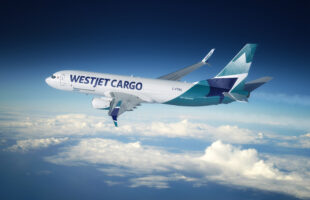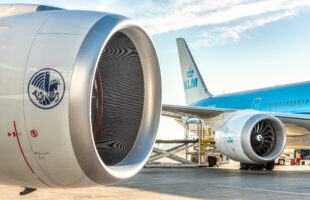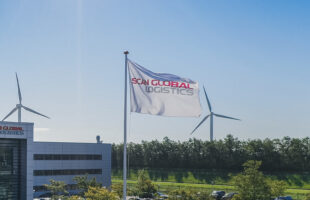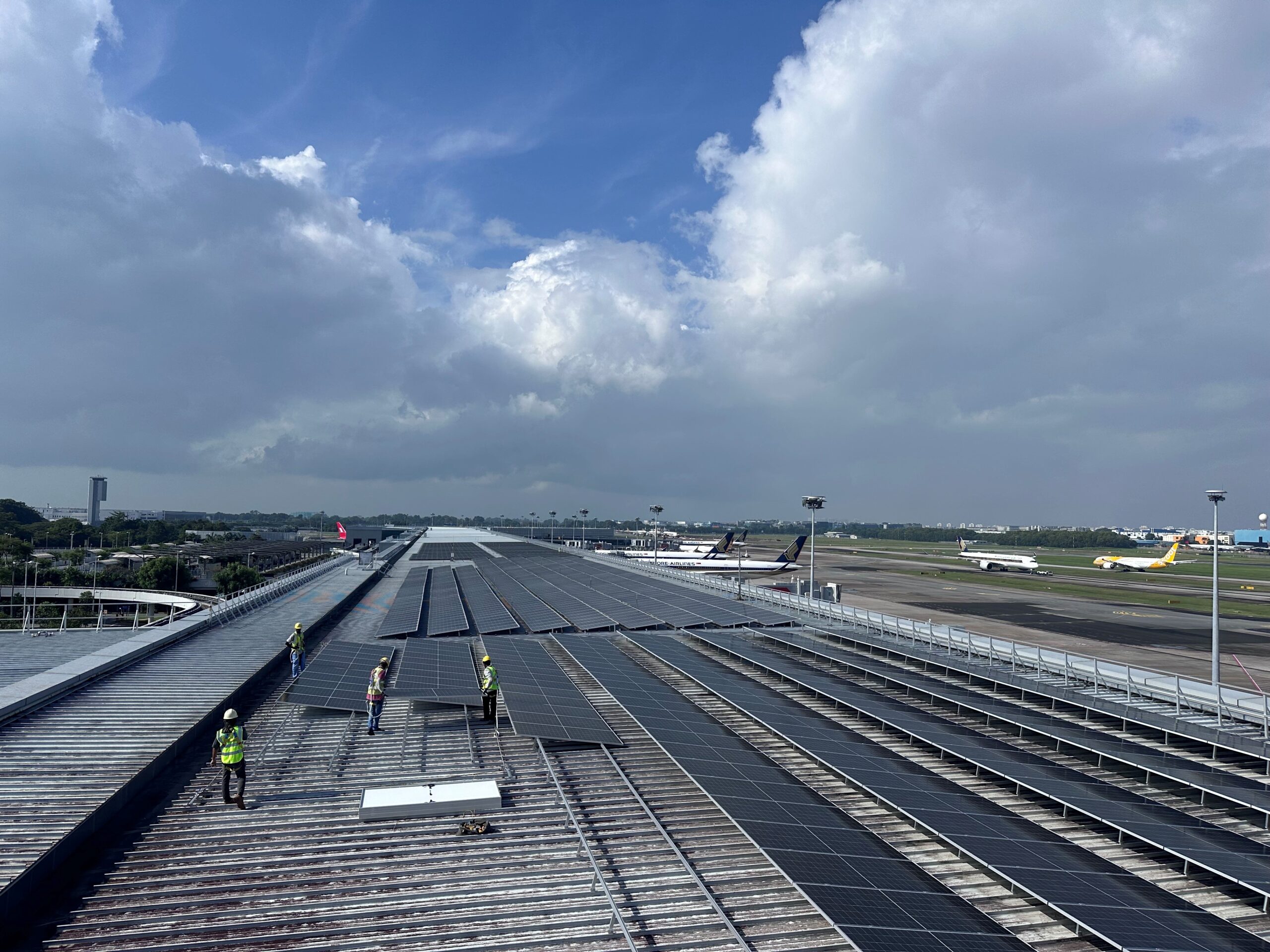
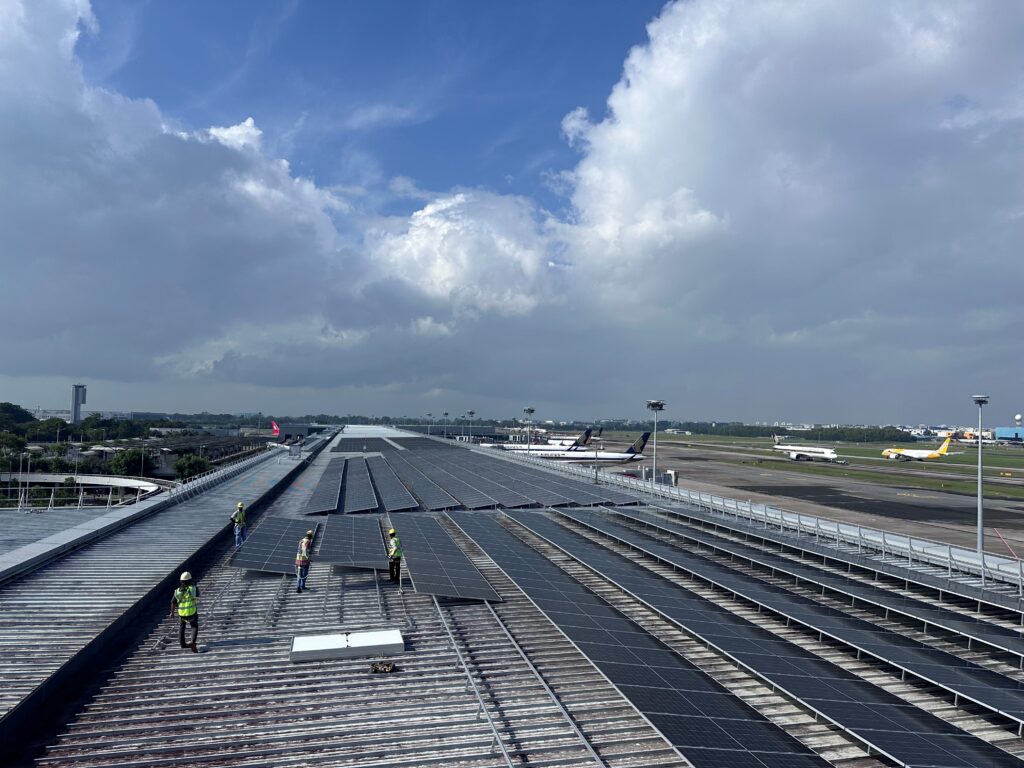
Changi Airport Group has selected Keppel to design, build, own and operate a large-scale solar photovoltaic (PV) system on the rooftop areas of its terminal buildings, terminal auxiliary structures, airfield and cargo buildings for 25 years.
When completed in early 2025, the solar PV system will have a combined generation capacity of 43 Mega-Watt peak (MWp), of which 38 MWp will be installed on rooftops, making this Singapore’s largest single-site rooftop solar PV system.
The remaining 5 MWp of solar generation capacity will come from a solar PV system installed at a 40,000-sqm turf area within Changi Airport’s airfield outside of aircraft operational areas.
This will be the first time a solar PV system is installed in Changi’s airfield – marking the first step towards maximising solar potential at Changi Airport beyond conventional rooftop spaces.
Combined, the rooftop and airfield solar PV systems are expected to generate sufficient solar energy equal to what is needed to power more than 10,000 four-room HDB flats yearly. With the system, CAG will reduce its carbon emissions by approximately 20,000 tonnes each year, or about 10 percent of its consumption in 2019.
The completed PV system will be integrated with Keppel’s state-of-the-art operations nerve centre (ONC) located within the Keppel Infrastructure@Changi building, which will offer remote monitoring and real-time reporting of solar generation metrics as well as advanced fault detection and diagnostics for predictive maintenance.
The ONC will also deploy artificial intelligence and machine learning algorithms to form adaptable models for better forecasting and energy management to optimise asset performance and operational outcomes.
Changi mentioned deploying solar PV systems in the airport involves a set of unique challenges as compared to conventional installation at commercial, industrial, or residential sites. For example, robust simulation had to be carried out to ensure that the solar panels do not pose glare and glint effects to air traffic controllers and pilots or interfere with communications, navigation and surveillance (CNS) and meteorological signals. The associated installation and maintenance processes will also need to comply with aviation safety and security requirements, including fire safety code requirements prescribed by the Singapore Civil Defence Force.



